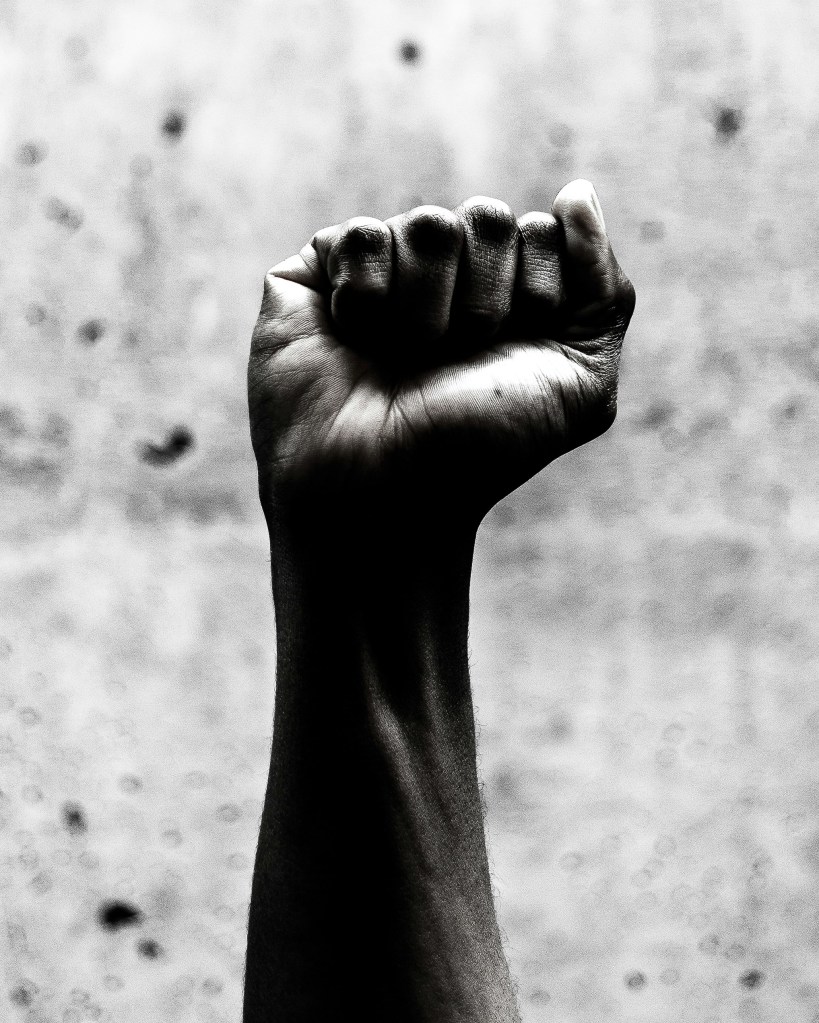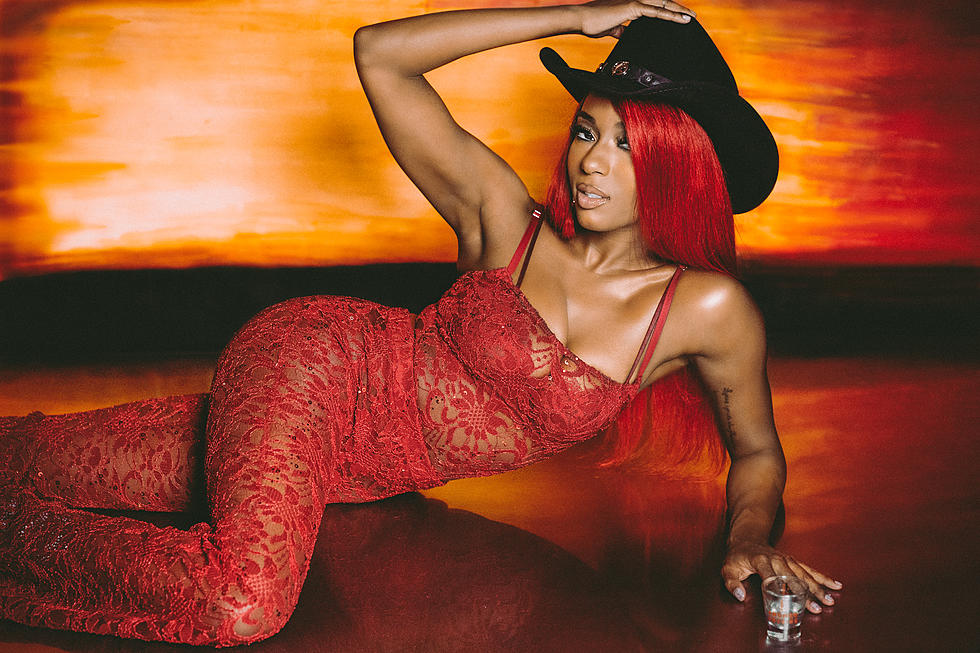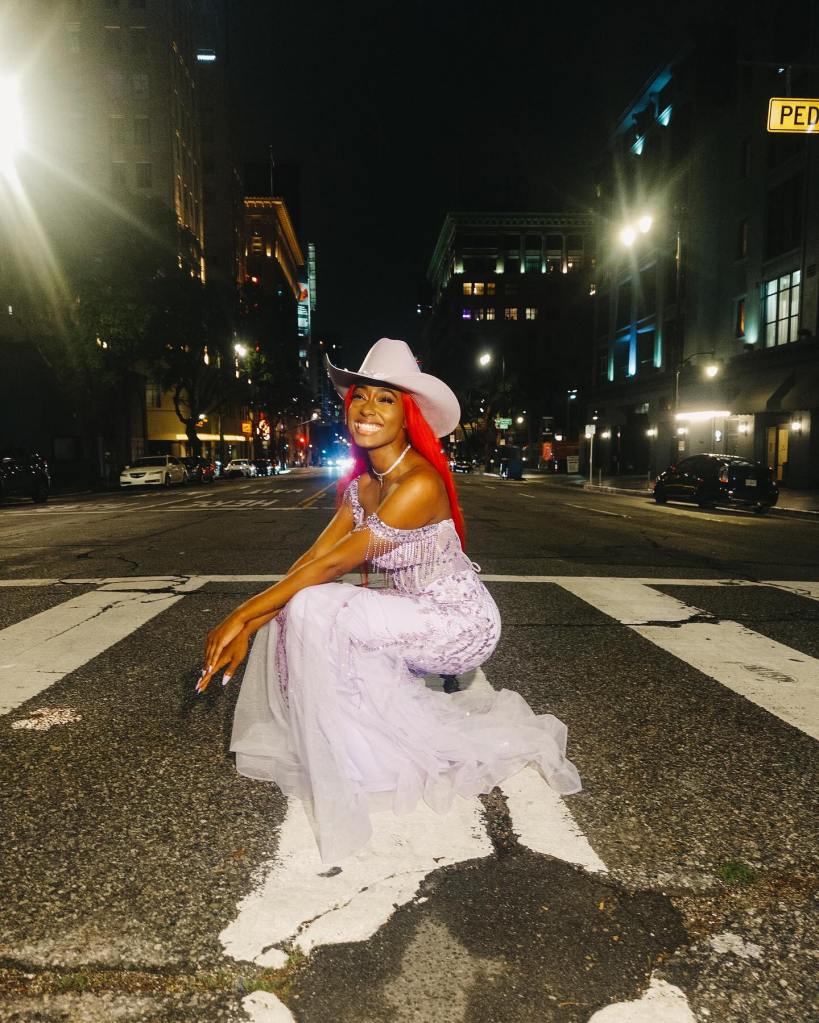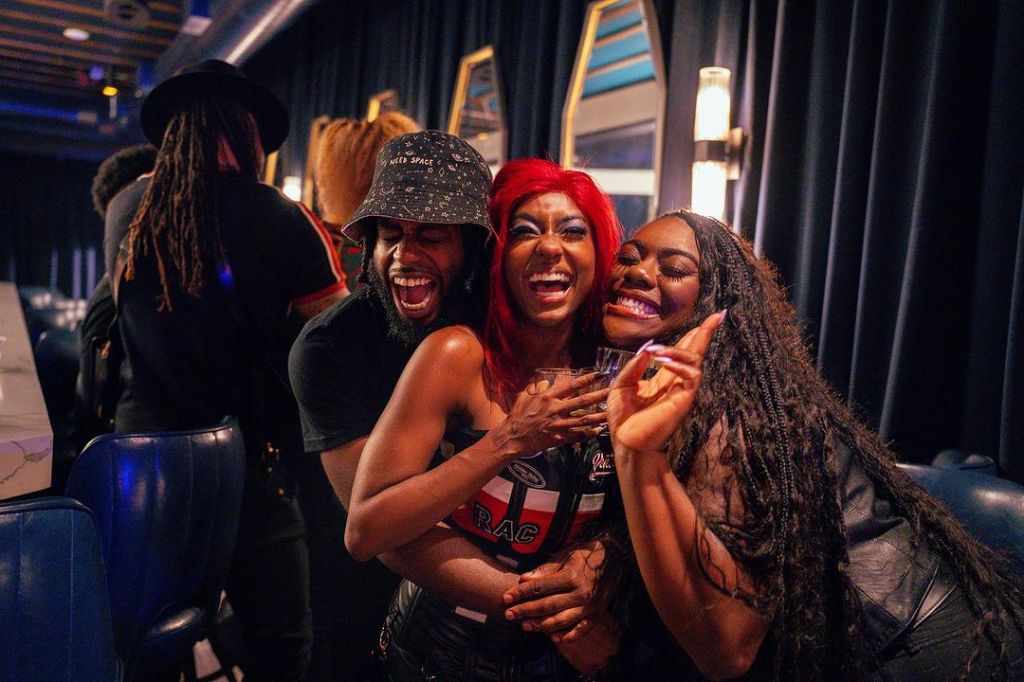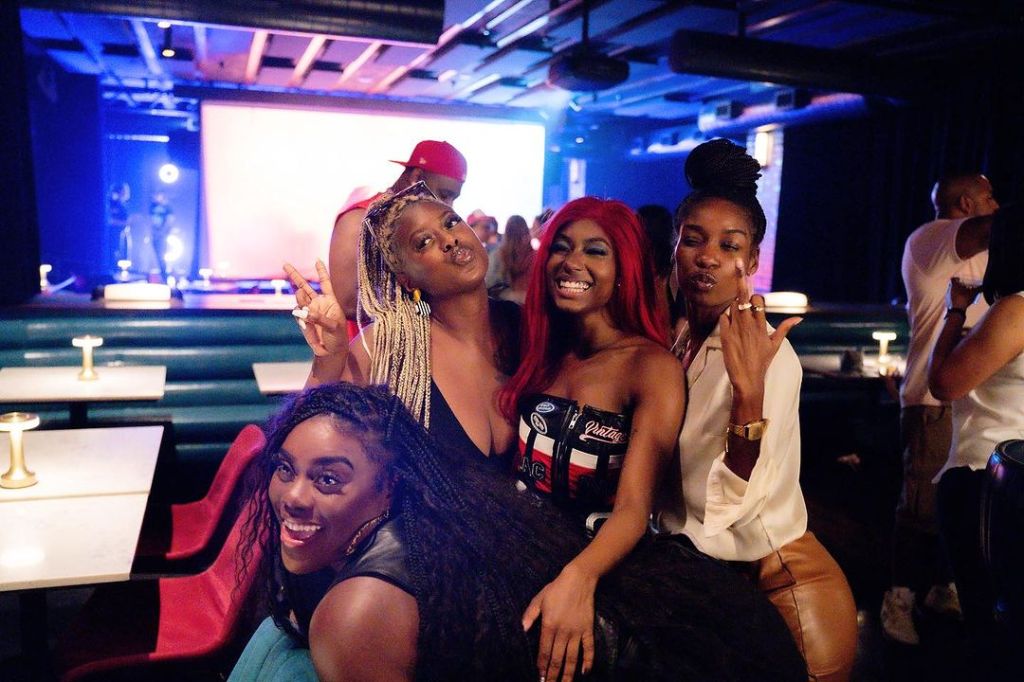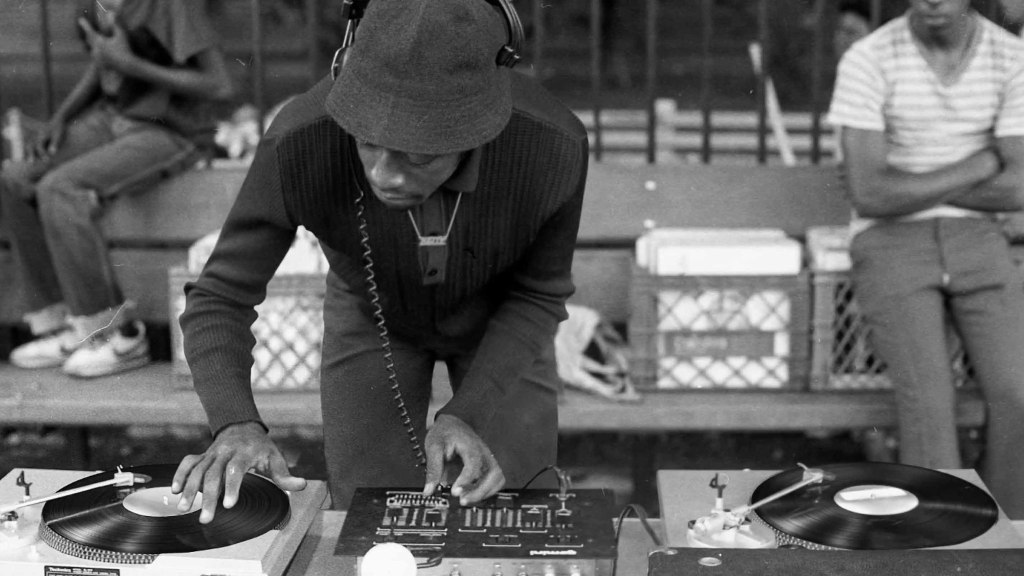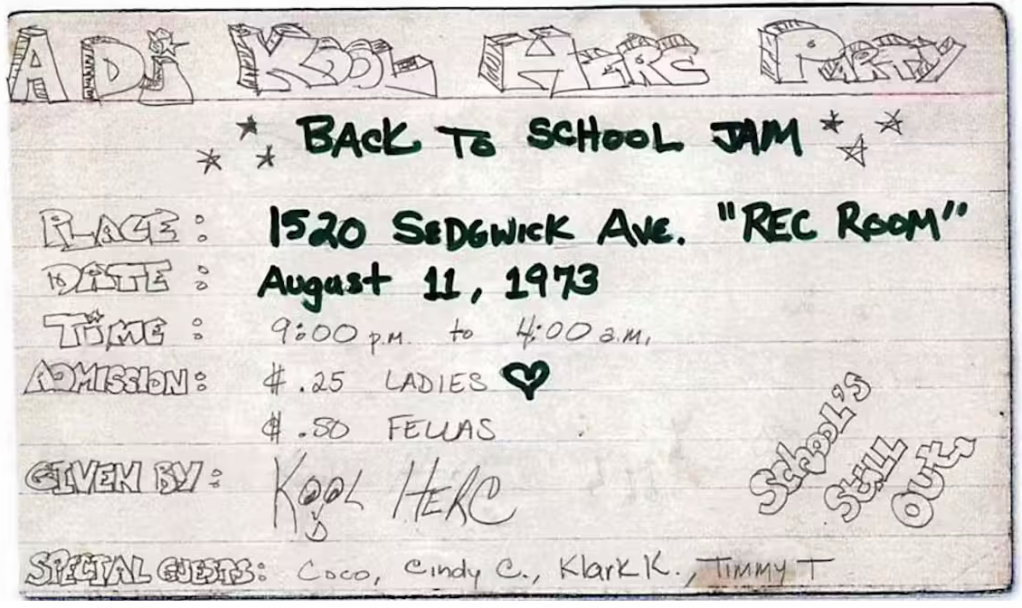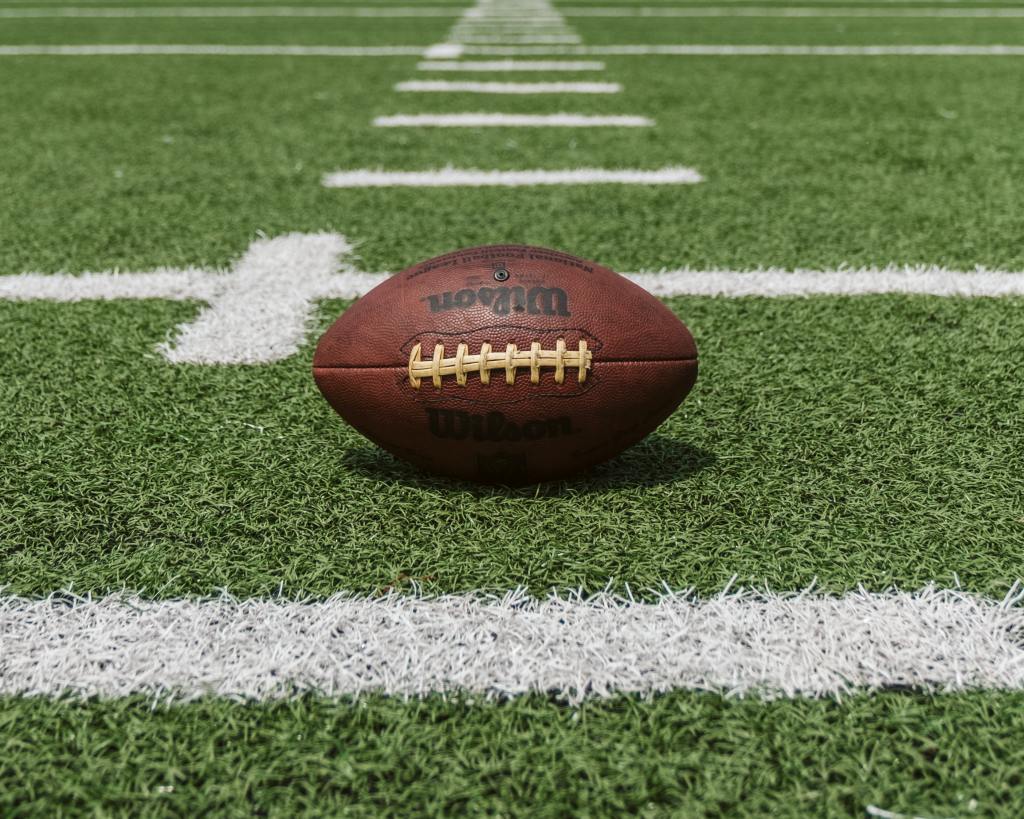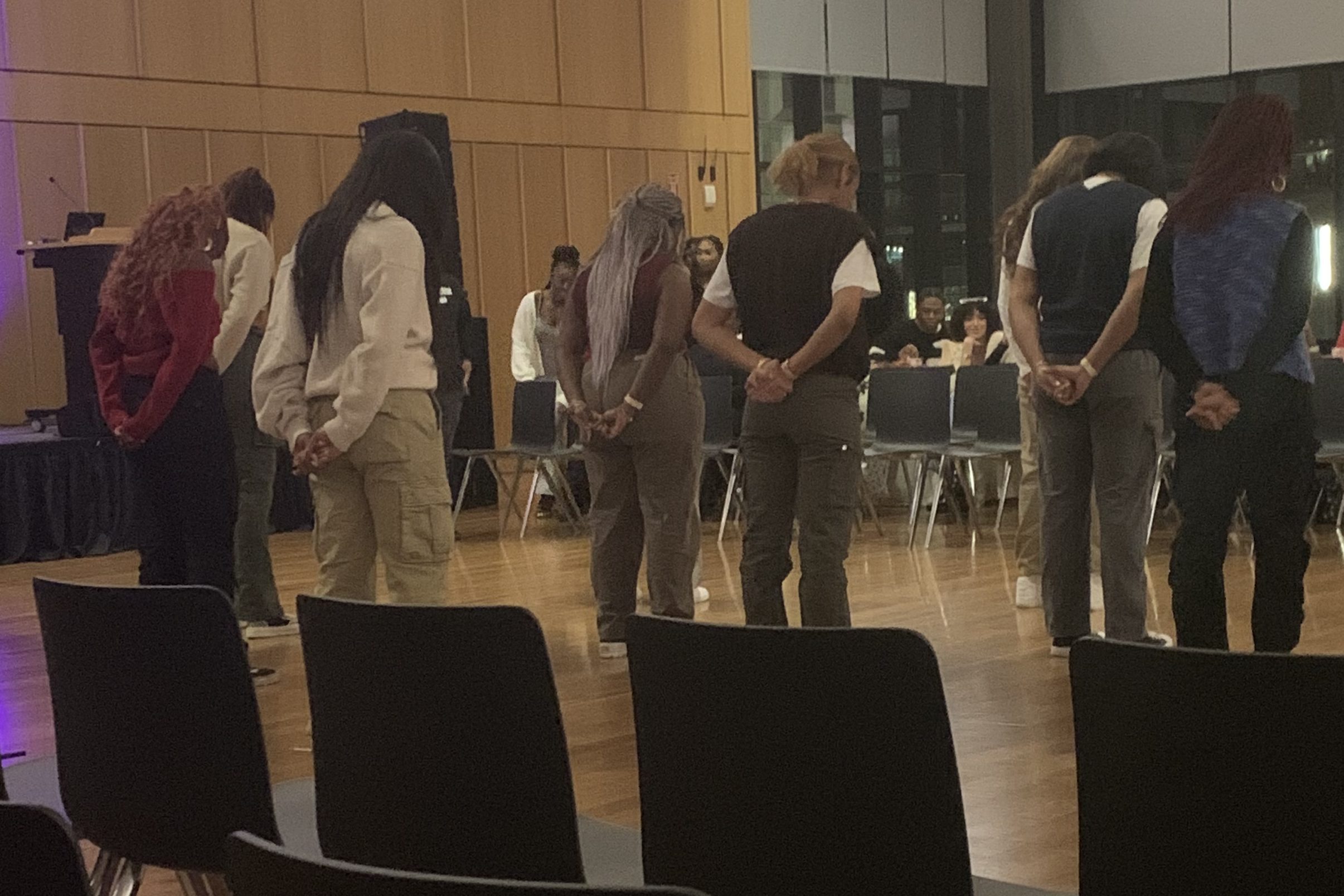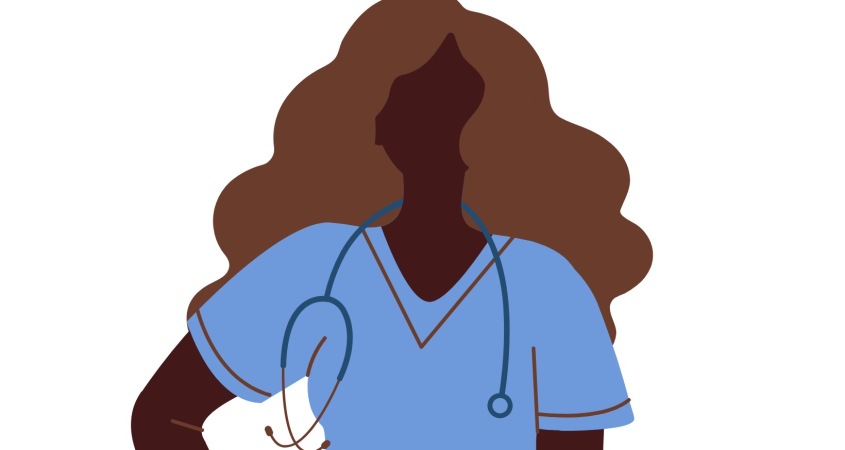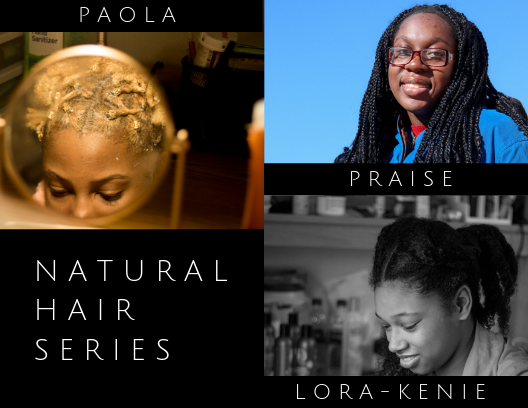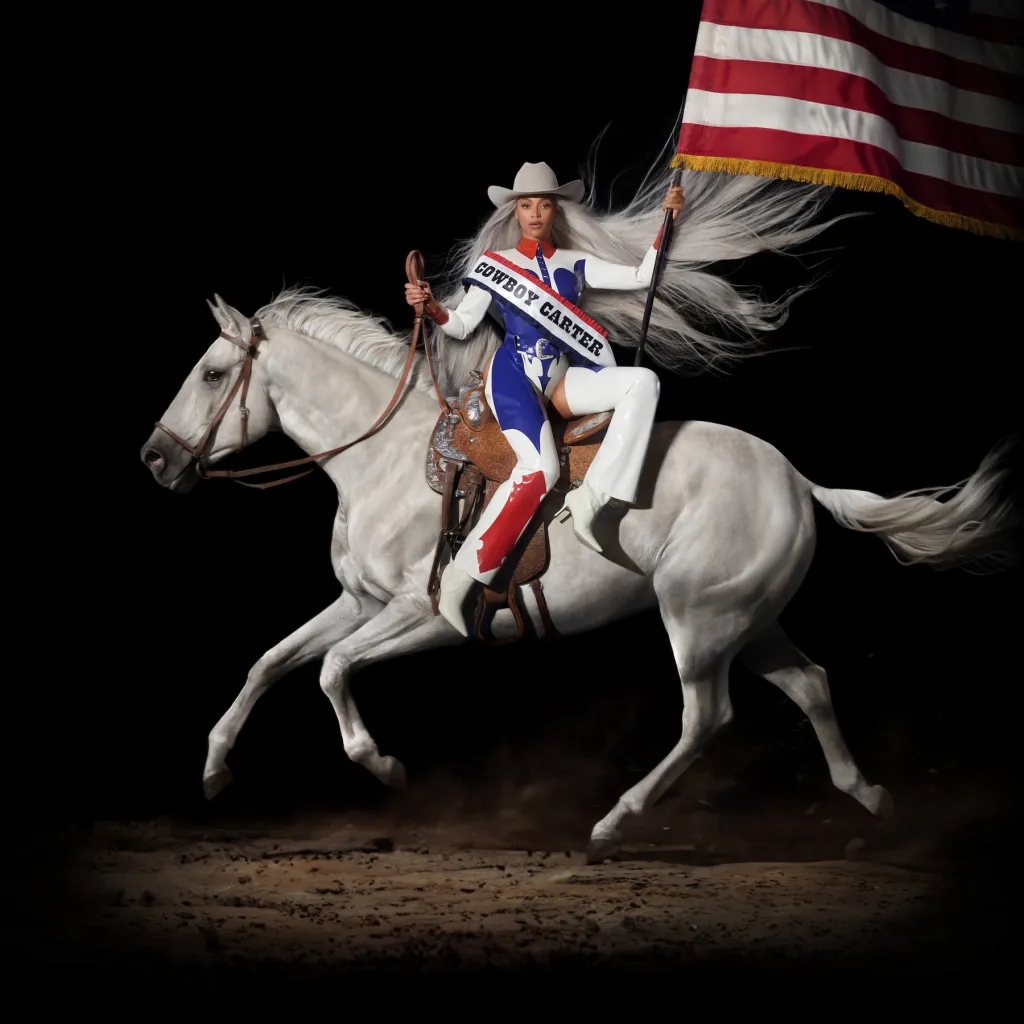
By Christmaelle Vernet
On March 29, 2024, the multigenerational talent Beyoncé released Cowboy Carter, a 27-track album with country influences. During the Super Bowl, Beyoncé released two singles from the album: “16 Carriages” and “Texas Hold ‘Em”, which have already broken records on numerous streaming platforms. The album was five years in the making, with Beyoncé citing her experience following her performance at the 2016 Country Music Awards as inspiration for taking a deeper dive into the world of country music. Beyoncé is no stranger to the genre, having shown interest in the music style by composing her hit “Daddy’s Lessons”, featured on her critically acclaimed album Lemonade. Later that year, she performed the song with the country music band, The Chicks (formerly known as the Dixie Chicks), and expressed feeling unwelcome in the category. “This album has been over five years in the making. It was born out of an experience that I had years ago where I did not feel welcomed…and it was very clear that I wasn’t,” said Beyoncé in an Instagram post celebrating the ten-day countdown to the album’s release.
The album begins with a beautiful ballad composed of layering harmonious vocals entitled “AMERICAN REQUIEM”. In the song, Beyoncé directly addresses the criticism she received from those who believed that she did not belong in the genre and emphasizes how there is no right way to produce country music. The proceeding track “BLACKBIIRD” features several Black female country artists: Tanner Adell, Brittney Spencer, Tiera Kennedy, and Reyna Roberts. Black country artists are often overlooked in country music spaces, furthering Beyoncé’s mission to promote inclusivity, as today, the genre’s most prominent artists remain predominantly white. The album includes star-studded features with Dolly Parton, Willie Nelson, Post Malone, and Miley Cyrus all being included in various tracks. The interludes throughout the album replicate the sounds of a listener flipping through radio stations, and through this body of work, Beyoncé demonstrates a unique blend of various genres such as house with tracks like “SWEET HONEY BUCKIN”, “RIIVERDANCE”, and rap with “SPAGHETTI”. Beyoncé’s experimentation with a variety of genres proves her statement that this album isn’t a country music album but a Beyoncé album.
The album pays tribute to the pop legend’s younger children. Her daughter Rumi’s voice opens the song “PROTECTOR”, and “MY ROSE”, which she dedicates to her son Sir. Beyoncé’s interpretation of the iconic country classic “Jolene” adds new freshness and liveliness to the track, with Beyoncé’s rendition being established as a warning rather than a plea to the infamous Jolene. Beyoncé frequently references Black rights movements throughout the piece, with “BLACKBIIRD” being a cover of the Beatles song Paul McCartney wrote after being inspired by the Little Rock Nine.
This album has definitely brought out a side of Beyoncé I was very excited to see. As a long-time fan, I have noticed her interest in country for a few years, and I was heavily anticipating a full body of work. It was definitely well-executed, paying a beautiful homage to country, Blackness, and artistry in music, as well as honoring some of the biggest names in the genre. I also loved her use of sampling “These Boots are Made For Walkin’” by Nancy Sinatra in “YA YA”. While mostly featuring songs that would be easily categorized as country music, Beyoncé’s personalizations make the project personable and unique to Beyoncé’s discography, and I admire her courage to dabble in other genres, with her three-album run leaving me wanting more. I am curious, as always, about what she will be able to accomplish next with ACT iii.
My picks for notable tracks: “BLACKBIIRD”, “LEVII’S JEANS”, “PROTECTOR”, and “TYRANT”.

